History Behind the Brand
As arguably the most scenic route in the world, the history behind the iconic Pacific Coast Highway runs deep.
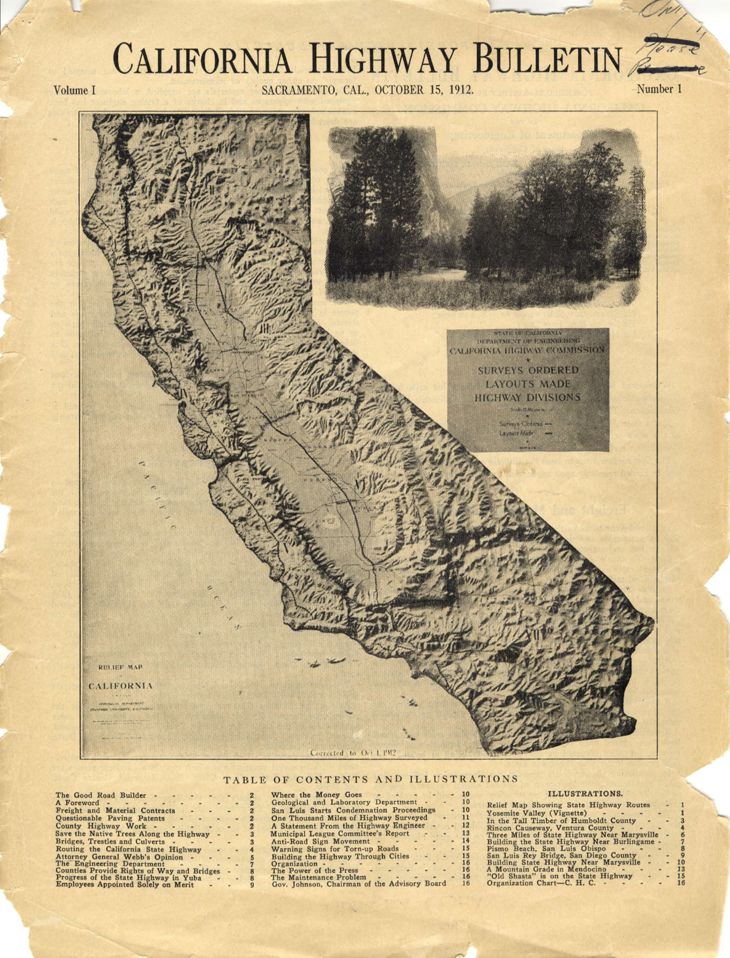
Highway One Vision
During the World War I era, the concept of the Pacific Coast Highway emerged in California, coinciding with a time when the state lacked standardized route numbers for its highways. The origin of what would become State Route 1 (SR 1) began following a significant bond issue before 1910. Notably, the early stages of construction included projects like the Rincon Sea Level Road, financed by local contributions. This ambitious coastal route aimed to bridge Ventura and Santa Barbara, although it initially encountered challenges due to the rugged terrain. Despite initial financial hurdles, the State Highway Commission intervened and successfully completed the road in 1913, employing innovative features such as wooden causeways to mitigate flooding risks.
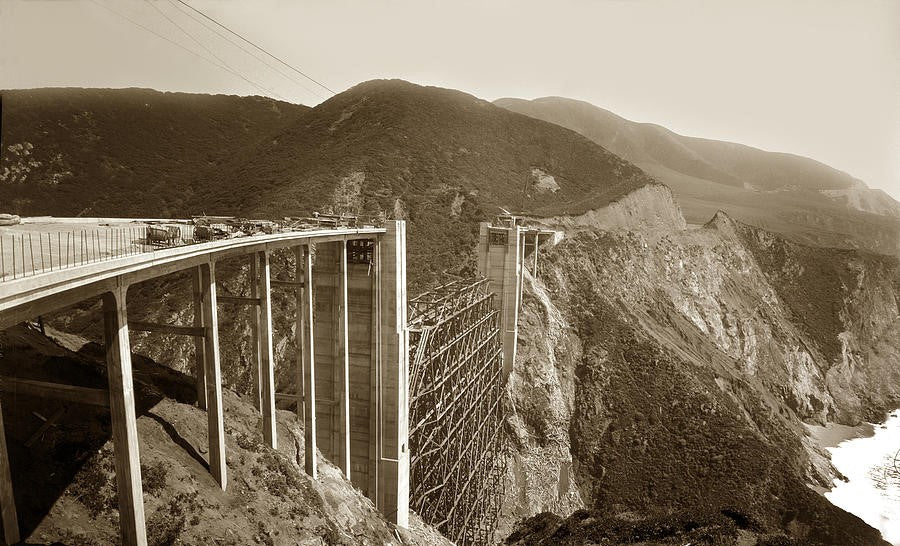
1919
Further along the coast, construction endeavors along the Big Sur coastline took shape after Route 56 received approval in 1919. This undertaking, funded by a combination of federal and state resources, relied on convict labor from San Quentin State Prison. Inmates, compensated at 35 cents per day and offered reduced prison sentences, contributed to the construction of 33 bridges, including the iconic Bixby Bridge. This rigorous project, spanning 18 years and benefiting from New Deal funds during the Great Depression, culminated in the completion of a paved two-lane road in 1937, initially labeled as the Carmel-San Simeon Highway. This significant feat played a pivotal role in advancing connectivity between Big Sur and the broader California landscape.
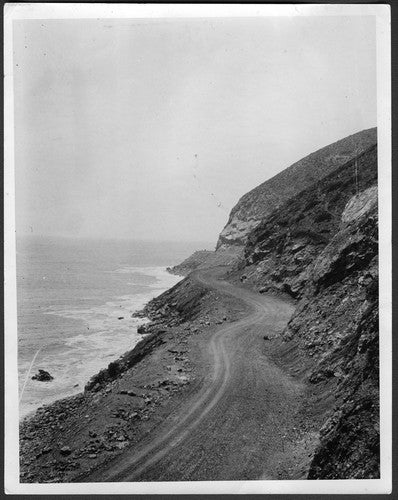
1933
SR 1 represented a pivotal component of a grand vision for a continuous coastal road stretching from Oregon to Mexico. Sections like the stretch from San Simeon to Carmel were designated as part of SR 1, thereby contributing to the realization of this plan. The year 1933 marked a significant milestone with expansions to Route 56 in various directions, effectively bridging gaps along the coastline and finalizing the construction of the coastal highway, supplemented by segments from Routes 1, 2, and 71.
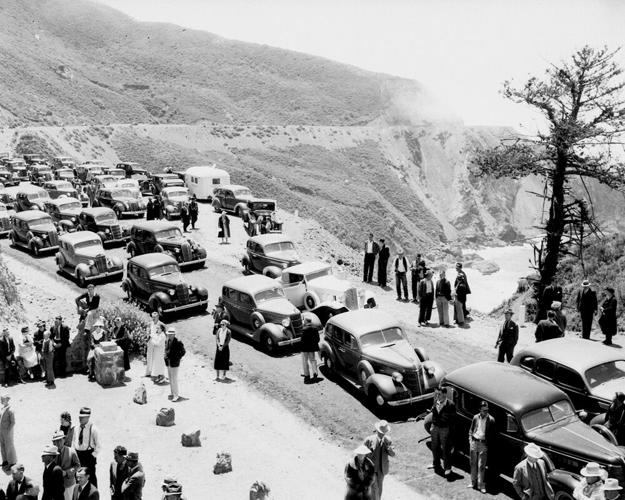
1964
The official designation of SR 1 as the Pacific Coast Highway in 1964 solidified its famed status in the records of California's transportation history. Legislative actions in 1963, which included the abolition of conflicting route numbers and the regional renaming of SR 1, served to reinforce its identity and legacy as an iconic coastal roadway of the Golden State.
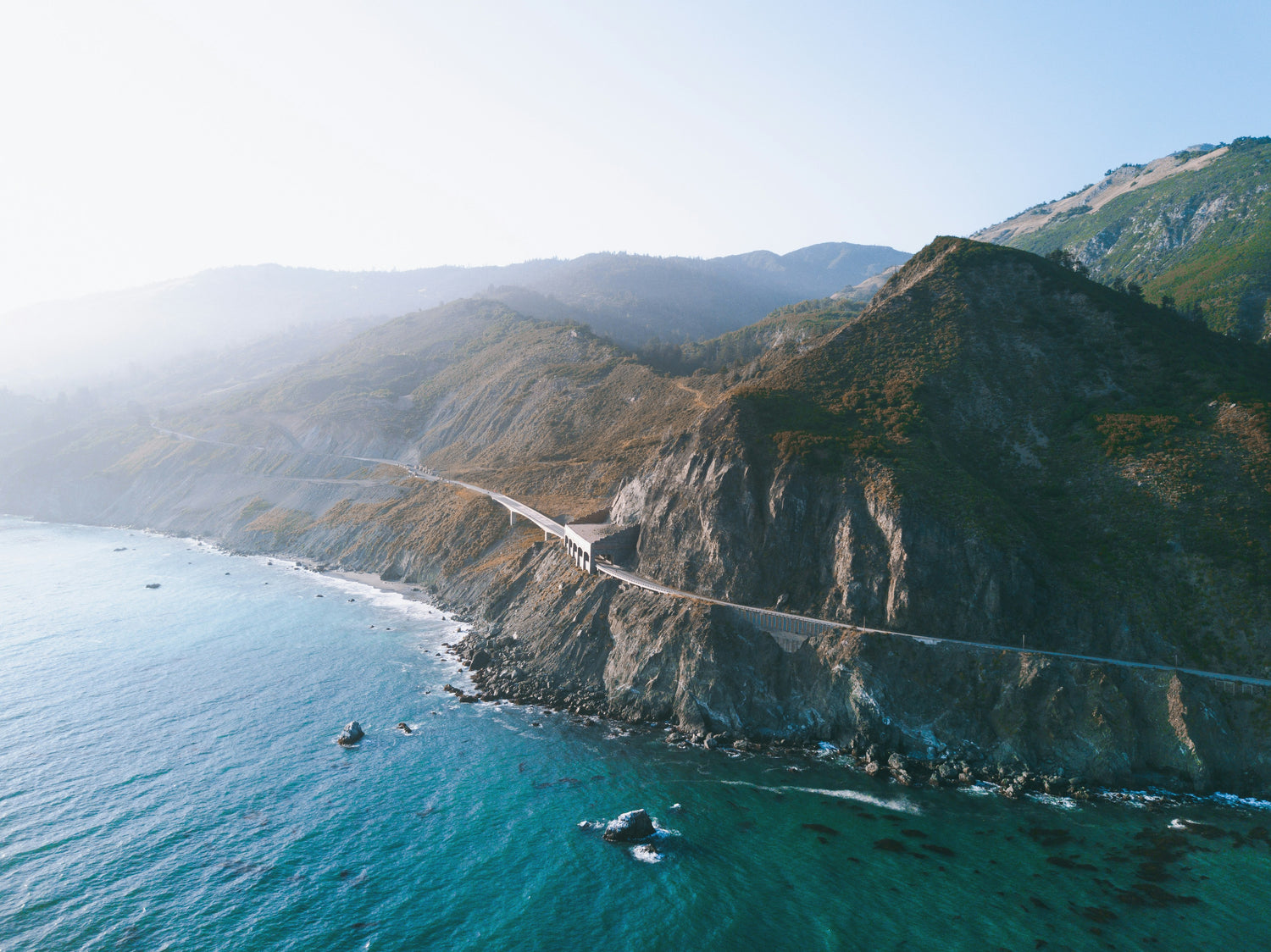
Legacy
The legacy of the Pacific Coast Highway is one of natural beauty, engineering marvel, and cultural significance. Its construction represents human ingenuity in overcoming rugged terrain, and its scenic allure has inspired artists and writers, becoming an emblem of the California dream. PCH remains a cherished road trip destination, leaving an indelible mark on the state's identity.
